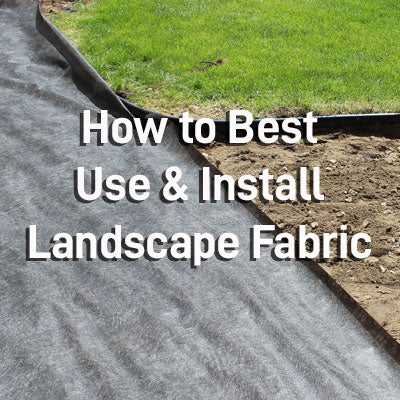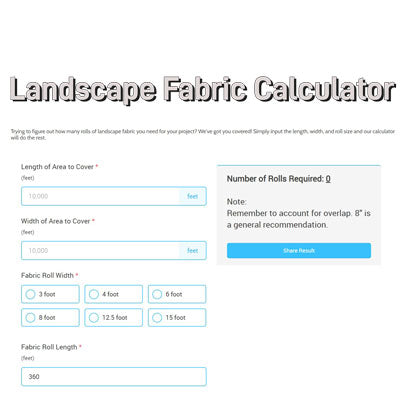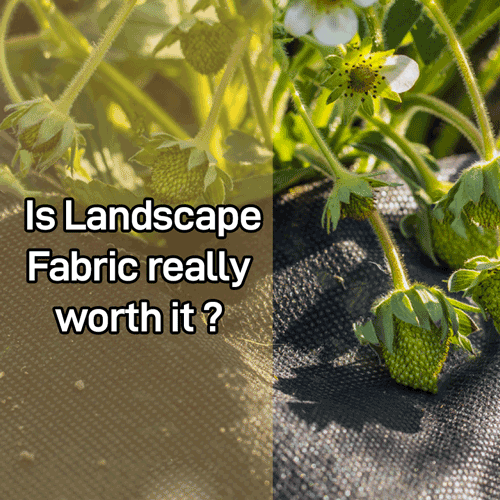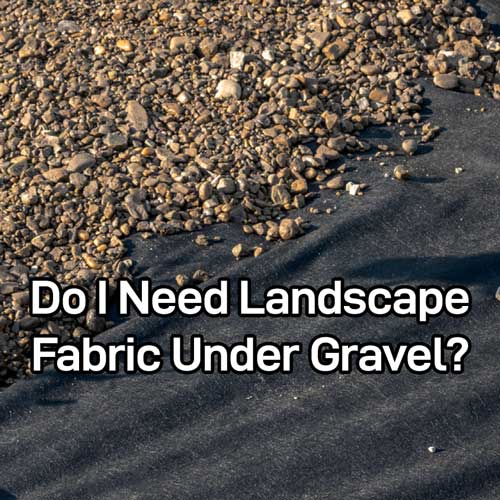Road Fabrics
Geotextiles are commonly used underneath paved and unpaved roadways as well as industrial haul roads. This use is referred to as the separation or stabilization application. Using stabilization fabric for roadways offers many benefits with four geotextile functions, separation, stabilization, reinforcement, and filtration. When the installation area contains subgrade soils that are weak, road fabrics are very important for long term surface longevity.
Roads, parking lots and driveways constructed with an appropriate road fabric typically provide a surface that is less prone to potholes and erosion. Additionally, by utilizing a road fabric the amount of aggregate below the surface can be reduced providing up to a 30% reduction in base material required.
- Woven geotextile fabric (200lb tensile strength) provides a dependable base for parking areas, roads and driveways.
- Reduce the amount of base materials required for the project
- Excellent puncture and tear resistance
- Meets most DOT specs
Questions? Call: (800) 520-7731
Why Geotextile Fabrics are the Best Choice For Paved & Unpaved Roads
Geotextile Road Fabric is an ideal material for under road base construction. Having a woven fabric over the subgrade soil layer on a road can help preserve the integrity of the road and reduce the maintenance costs associated with "fallout" and potholes. The purpose of road fabric is both to Separate and Stabilize materials. Woven 200lb geotextile fabric provides excellent base support for roadways, parking lots, and driveways. Below we will cover the roles of separation and stabilization along with reinforcement and filtration.
The Separation Function
Geotextile was established as a flexible, porous textile placed between different materials in order for the integrity so the function of both materials can remain intact or be improved upon. (Koerner, 1994).
For paved and unpaved roadways where granular aggregate is placed on fine-grained soils, there are two damaging occurrences that will take place over time without the use of geotextile separator:
To begin with, fine-grained soils enter into the gaps of the granular aggregate, preventing proper drainage and the aggregate will lose its needed rock-to-rock contact which in turn will greatly diminish the strength of the aggregate support layer and will increase road failure.
Secondly, the granular aggregate will push into the fine-grained soil decreasing the needed thickness of the aggregate layer. When you properly choose woven and nonwoven geotextiles it will prevent these failures from ever happening and greatly improve the performance of the road. Keep in mind, separation is a critical function of geotextile, leading to the longevity of the road. Road builders have known for years how critical it is to use a tight, well-graded aggregate to minimize subgrade soil upward movement.
The downside, it’s only proved to be partially effective and can be detrimental to roads as tight aggregates became weaker because they could not drain. Using a separation geotextile will allow the use of stronger, more free-draining aggregate with stronger AASHTO drainage participation.
The Stabilization Function
Applications for paved and unpaved roadways will remain stable for a long time in two ways when geotextile is placed at the subgrade/aggregate interface.
First off, when the aggregate is compacted over the top of the geotextile, individual stones are seated, making impressions in the geotextile and subgrade. This means the interaction locks the bottom of the aggregate into a fixed position that will stabilize the aggregate layer for an indefinite amount of time.
The subgrade is stabilized under the geotextile because the soil is loaded from the top and surrounding soil is held down in place, preventing punching or shear failure. The change in soil failure from local shear to general shear will allow approximately 80% additional loading before the soil’s strength is exceeded. This allows for a reduced structural section over a subgrade stabilized with geotextile.
Using less base aggregate and/or pavement section thickness over a geotextile will save the owner upfront and the permanent preservation of the entire structural section. The first two functions, separation and stabilization, work together which is the leading reason why roads over geotextile cost less and last longer.
These two used together to describe the application for separation and stabilization geotextile.
The Reinforcement Function
Bring geotextile (good tension) into the soil to improve the system’s strength (good compression) or other disconnected and separated material (Koerner, 1994).
Applications for paved and unpaved roadways, geotextile provides tensile reinforcement through frictional interaction with base course materials. This will reduce applied stresses on the subgrade and will prevent rutting caused by subgrade being overstressed.
Choosing the right woven and nonwoven geotextiles will offer reinforcement in roadways but woven geotextiles usually have a higher tensile factor than nonwoven. Providing high tensile-strength a low strain, high ratios in woven geotextiles are generally considered better reinforcement materials than nonwoven which usually provides high strength at lower ratios.
The benefits from the reinforcement function depend on the amount of system disfigurement allowed with unpaved roads, a substantial amount of disfigurement is sometimes allowed and reinforcement of geotextile can offer significant benefits in paved roads. Allowable system disfigurement is usually very low and therefore reinforcement is generally not considered applicable in most paved roadways, but, separation and stabilization are still important functions.
The Filtration Function
In paved and unpaved roadway applications, geotextiles offer filtration through their openings that retain soil particles but allows the flow of water. This results in a free-draining pavement system. In paved and unpaved roadways, filtration is like a separation. While geotextile is a good separator, it will not always be able to offer adequate filtration for retaining particles and allow for the flow of water.
Geotextile filtration is defined as the equilibrium geotextile to soil system that allows for adequate water flow with a minimal loss of soil across the geotextile lifetime and compatible with the application (Koerner, 1994).
When selected properly, woven and nonwoven geotextiles can offer filtration for paved and unpaved roadway applications and improve pavement performance. Depending on the site’s conditions, the filtration function may be as important as the other functions. One condition can be if the subgrade is very wet.
If water is trapped in the subgrade when a load is applied, pore pressure will immediately build up and weaken the soil even to the level of creating an unstable, waterbed effect, if it’s severe.
Overlay Asphalt Fabric
Fabric is also commonly used to repair or extend life for existing distressed and cracked roads. The main role of asphalt overlay paving geotextiles is to act as a stress relieving membrane between several layers of pavement.
As the fabric is bonded with saturated asphalt cement to existing asphalt, the fabric placement reduces reflective cracking and deterioration that could potentially lead to a roadway failure.
- Waterproofing of the lower layers, maintaining higher material strength
- Reduce cracking in the overlay by acting as a stress absorbing membrane interlayer.
- Increase in structural stability by providing for more stable subgrade moisture contents.
- Reduction of material/demolition cost, decreasing construction time.
- Increase roadway lifespan and decrease maintenance intervals
Call us for more info on our Overlay Asphalt Fabrics (800) 520-7731













